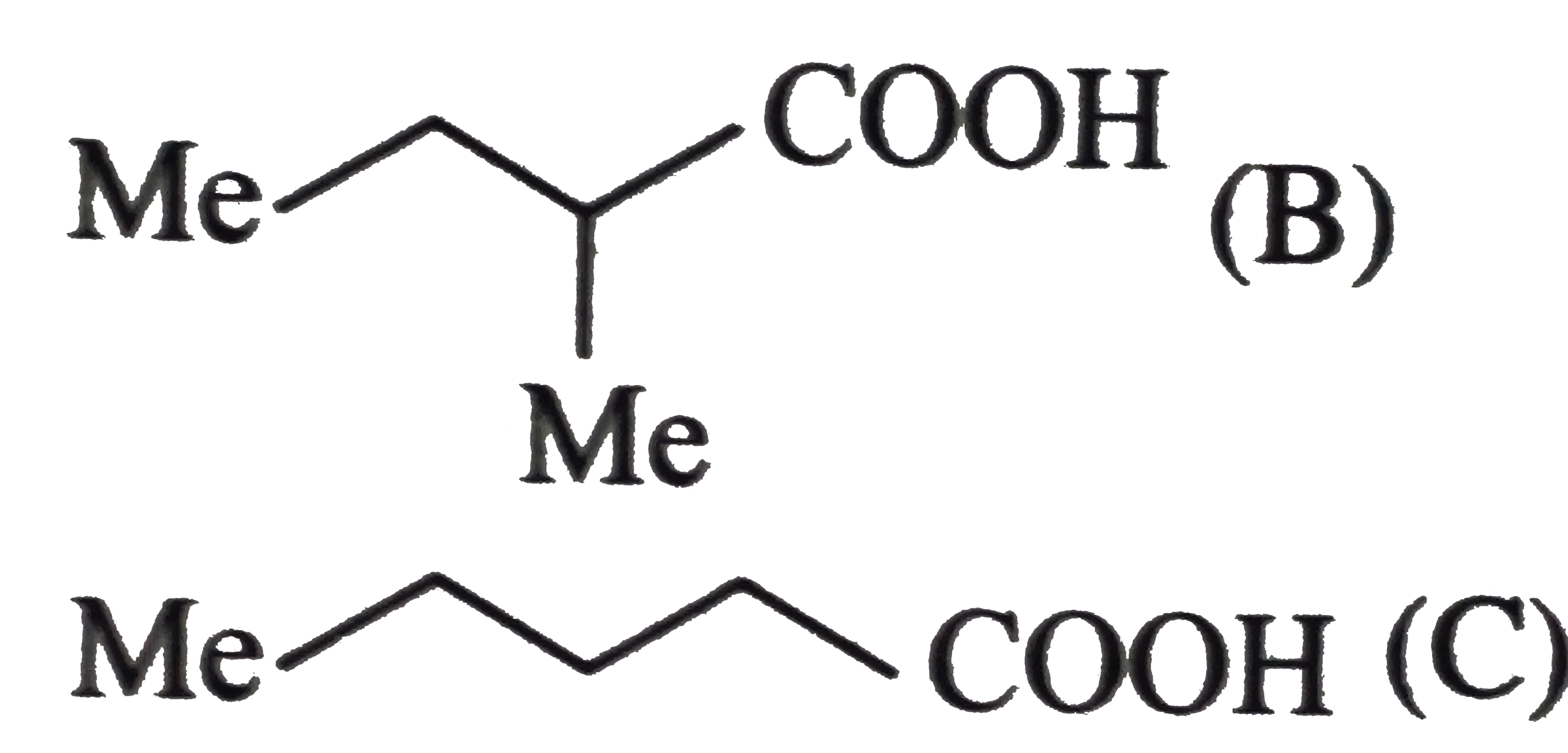Differentiate between B-cells and T-cells of the immune system. How do the B-cells respond to antigens?
Step-by-Step Solution:
1. Definition of B-cells and T-cells:
- B-cells and T-cells are types of white blood cells that play crucial roles in the immune response of an organism.
2. Origin and Maturation:
- Both B-cells and T-cells originate from stem cells in the bone marrow.
- B-cells mature in the bone marrow.
- T-cells mature in the thymus.
3. Location in the Lymphatic System:
- B-cells are primarily found outside the lymph nodes.
- T-cells are found inside the lymph nodes.
4. Surface Markers:
- B-cells have antibodies on their surface.
- T-cells do not have antibodies on their surface.
5. Mechanism of Action:
- B-cells can bind to the surface of invading bacteria and viruses.
- T-cells can only bind to virus antigens that are presented on the surface of infected cells.
6. Lifespan:
- B-cells have a short lifespan, typically not surviving more than 3 days.
- T-cells have a longer lifespan and can persist for years.
7. Function:
- B-cells are involved in humoral immunity, which involves the production of antibodies.
- T-cells are responsible for cell-mediated immunity, helping to remove pathogens from the body.
8. Response to Antigens:
- When B-cells encounter an antigen, they respond by producing antibodies.
- These antibodies neutralize the foreign antigens, providing an early defense against rapidly dividing pathogens, such as viruses.
- B-cells and T-cells are types of white blood cells that play crucial roles in the immune response of an organism.
- Both B-cells and T-cells originate from stem cells in the bone marrow.
- B-cells mature in the bone marrow.
- T-cells mature in the thymus.
- B-cells are primarily found outside the lymph nodes.
- T-cells are found inside the lymph nodes.
- B-cells have antibodies on their surface.
- T-cells do not have antibodies on their surface.
- B-cells can bind to the surface of invading bacteria and viruses.
- T-cells can only bind to virus antigens that are presented on the surface of infected cells.
- B-cells have a short lifespan, typically not surviving more than 3 days.
- T-cells have a longer lifespan and can persist for years.
- B-cells are involved in humoral immunity, which involves the production of antibodies.
- T-cells are responsible for cell-mediated immunity, helping to remove pathogens from the body.
- When B-cells encounter an antigen, they respond by producing antibodies.
- These antibodies neutralize the foreign antigens, providing an early defense against rapidly dividing pathogens, such as viruses.
Topper's Solved these Questions
- HUMAN HEALTH AND DISEASE BOOK - ICSECHAPTER - HUMAN HEALTH AND DISEASE EXERCISE - PRACTICE QUESTIONS (Long AnswerType Questions)
24 Videos
- HUMAN HEALTH AND DISEASE BOOK - ICSECHAPTER - HUMAN HEALTH AND DISEASE EXERCISE - PREVIOUS YEARS. BOARD PAPER QUESTIONS (Very Short Answer Type Questions)
23 Videos
- HUMAN HEALTH AND DISEASE BOOK - ICSECHAPTER - HUMAN HEALTH AND DISEASE EXERCISE - PRACTICE QUESTIONS (Short Answer Type-I Questions)
20 Videos
- EVOLUTIONBOOK - ICSECHAPTER - EVOLUTIONEXERCISE - COMPETITION CORNER (Assertion and Reason Type Questions (For AIIMS aspirants))
26 Videos
- HUMAN REPRODUCTIONBOOK - ICSECHAPTER - HUMAN REPRODUCTIONEXERCISE - SOURCE BASED QUESTIONS
22 Videos
Similar Questions
Differentiate between cell wall and cell membrane.
View SolutionDifferentiate between Plant cells and animal cells
View SolutionDifferentiate between Sieve cells and sieve tubes
View SolutionGive the differences between B-cells and T-cells.
View SolutionDifferentiate between
Neuron and Neuroglia cells
View SolutionHow do B-cells of the immune system respond to antigens?
View SolutionDifferentiate between :
Turgid and Flaccid cell
View SolutionT-cells detect antigens
View SolutionDifferentiate between primitive unit cell and centred unit cells.
View SolutionDifferentiate between the following acids :
(a)
(b)
View Solution
